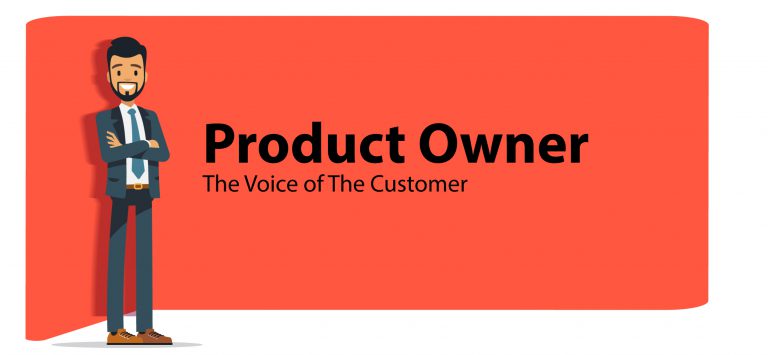What are some of the responsibilities and challenges faced by a Product Owner?
Posted by SCRUMstudy® on July 11, 2024
Categories: Agile Product Owner SBOK® Guide Scrum Guide Scrum Master
In recent years, it has become evident that organizations which use Scrum as their preferred project delivery framework consistently deliver higher Return on Investment (ROI). There are several reasons for that.
The Scrum framework is not meant to be prescriptive, which means there is room for flexibility in its application. But facilitating the best application of the Scrum framework involves more than just routine implementation and improvement of processes. Scrum Teams play a critical role in delivering significant value quickly, irrespective of its complexity. Each individual in Scrum holds one of the three core roles that are ultimately responsible for meeting the project objectives, and one of them provides great guidance for flexibility in applying Scrum to individual companies. These core roles include –
- Product Owners who want to fully understand and articulate customer requirements. They are also concerned with customer or business stakeholder-related issues involving business justification, quality, change, and risk aspects associated with Scrum projects.
- Scrum Masters who are experts in the Scrum framework and are responsible for proper application of Scrum framework in Scrum projects.
- Scrum Team members who want to better understand Scrum processes and the associated tools that may be used to create the project’s product or service.
Together they are referred to as the Scrum Core Team. It is important to note that, of these three roles, no role has authority over the others.
Understanding defined roles and responsibilities is very important for ensuring the successful implementation of Scrum projects. In this article, we’re going to discuss how a Product Owner contributes to the challenges encountered in a project and its success along the way.
Who is a Product Owner?
A Product Owner represents the interests of the business stakeholder community to the Scrum Team. He or she is responsible for ensuring clear communication of product or service functionality requirements to the Scrum Team, defining Acceptance Criteria, and ensuring those criteria are met. In other words, the Product Owner is responsible for ensuring that the Scrum Team delivers value. Now, let us take a look at the many roles and responsibilities of a Product Owner.
A Product Owner:
- creates the project’s initial overall requirements and gets the project rolling.
- helps appoint appropriate people to the Scrum Master and Scrum Team roles.
- helps secure the initial and ongoing financial resources for the project.
- determines Product Vision.
- assesses the viability and ensures delivery of the product or service.
- ensures transparency and clarity of Prioritized Product Backlog Items.
- represents user(s) of the product or service with a thorough understanding of the user community.
- decides minimum marketable release content.
- provides Acceptance Criteria for the User Stories to be developed in a Sprint.
- inspects and approves deliverables.
- focuses on value creation and overall Return on Investment (ROI).
In today’s fast-paced world, a Product Owner must always maintain a dual view. He or she must understand and support the needs and interests of all business stakeholders, while also understanding the needs and workings of the Scrum Team. Because the Product Owner must understand the needs and priorities of the business stakeholders, including customers and users, this role is commonly referred to as the Voice of the Customer. It is the need and priorities of the business stakeholders that demand flexibility in applying Scrum. Knowing their voices as the Product Owner does provides guidance for where and how the application has to be flexible.
One of the significant challenges Product Owners face in Agile environments is balancing stakeholder expectations with the development team's capabilities. Product Owners must effectively prioritize the backlog to ensure that the most valuable features are delivered first while maintaining a sustainable pace for the team. Additionally, they need to navigate the complexities of stakeholder communication, aligning diverse interests, and managing changing requirements, all of which require strong leadership and decision-making skills to ensure successful project outcomes.
For more articles, click here


